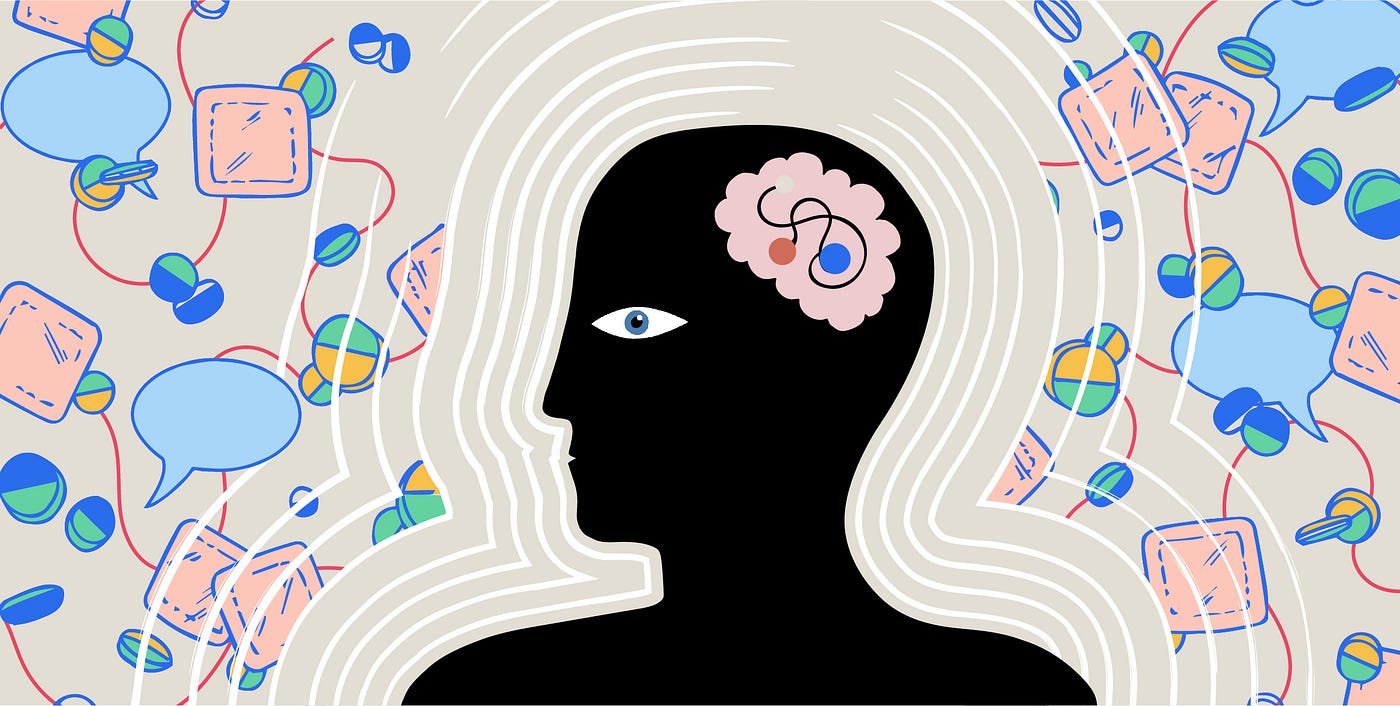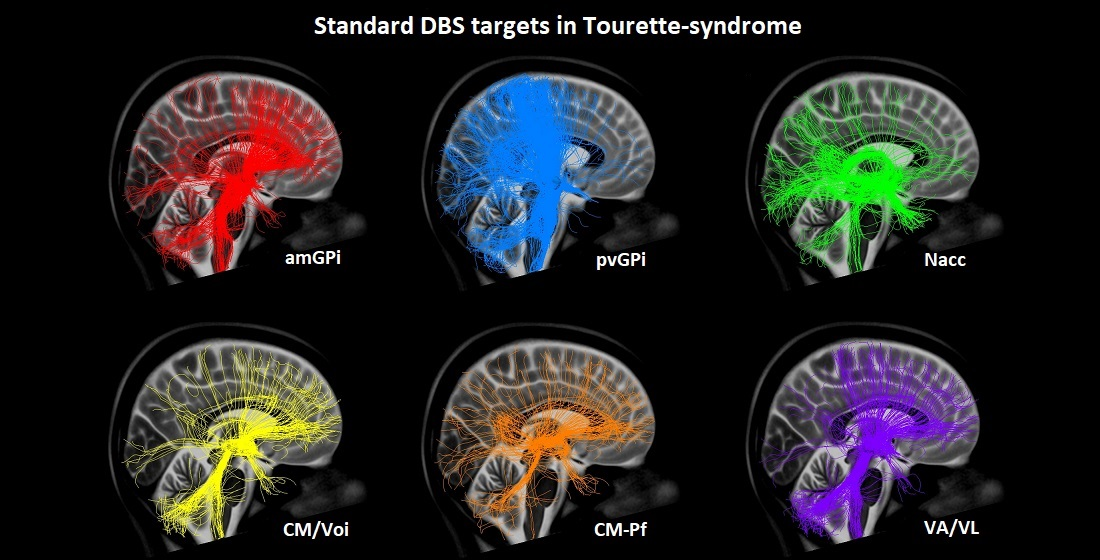
What is Tourettes Syndrome?
Tourette’s Syndrome is a problem with the nervous system characterized by sudden, repetitive, rapid, and unwanted movements or vocal sounds called tics, that they can’t control.
It often starts in childhood, and more boys than girls get it.
People who have family members with Tourette’s are more likely to get it themselves.
Symptoms
Tics — sudden, brief, intermittent movements or sounds
In addition, tics can:
Vary in type, frequency and severity
Worsen if you’re ill, stressed, anxious, tired or excited
Occur during sleep
Change over time
Worsen in the early teenage years and improve during the transition into adulthood
Simple tics – These sudden, brief and repetitive tics involve a limited number of muscle groups.
Complex tics – These distinct, coordinated patterns of movements involve several muscle groups.
| Simple tics | Complex tics |
| Eye blinking | Touching or smelling objects |
| Head jerking | Repeating observed movements |
| Eye darting | Obscene gesturing |
| Nose twitching | Bending or twisting |
| Simple tics | Complex tics |
| Grunting | Repeating one’s own words or phrases |
| Coughing | Repeating others’ words or phrase |
| Throat clearing | Using vulgar, obscene or swear words |
| Barking |
Cause/Effect

Tourette’s has been linked to different parts of the brain, including an area called the basal ganglia, which helps control body movements.
TS is unknown, current research points to abnormalities in certain brain regions (including the basal ganglia, frontal lobes, and cortex), the circuits that connect these regions, and the neurotransmitters (dopamine, serotonin, and norepinephrine) responsible for communication between nerve cells (called neurons).
Treatment/Management
Medication:
– Fluphenazine
– Haloperidol (Haldol)
– Risperidone (Risperdal)
– Pimozide (Orap)
Help control tics or reduce symptoms
Possible side effects include weight gain and involuntary repetitive movements.
– Clonidine
– Guanfacine
high blood pressure drugs
– Fluoxetine
– paroxetine
– sertraline
– antidepressants
relieve anxiety, sadness, and obsessive-compulsive symptoms
Therapy:
Behavior therapy – Can help you monitor tics, identify premonitory urges and learn to voluntarily move in a way that’s incompatible with the tic
Psychotherapy – Can help with accompanying problems, such as ADHD, obsessions, depression or anxiety.
Deep brain stimulation (DBS) – DBS involves implanting a battery-operated medical device in the brain to deliver electrical stimulation to targeted areas that control movement. However, this treatment is still in the early research stages and needs more research to determine if it’s a safe and effective treatment for Tourette syndrome.
Self Care:
Get support – Your family, friends, health care team, or a support group can help you meet the challenges of Tourette’s.
Stay active – Play sports, paint, or volunteer. These activities will take your mind off your symptoms.
Relax – Read a book, listen to music, meditate, or do yoga. Low-key activities you enjoy can combat the stress that can lead to tics.
Educate yourself – Learn everything you can about your condition so you’ll know what to do when you have symptoms.
References
Mayo Clinic
National Institute of Neurological Disorders and Stroke
WebMD
Tourette Association of America
42-40 Bell Boulevard, Suite 205
Bayside, NY 11361-2820
[email protected]
Tel: 718-224-2999; 888-486-8738
U.S. Centers for Disease Control and Prevention (CDC)
Information and statistics on Tourette Syndrome
800-232-4636

